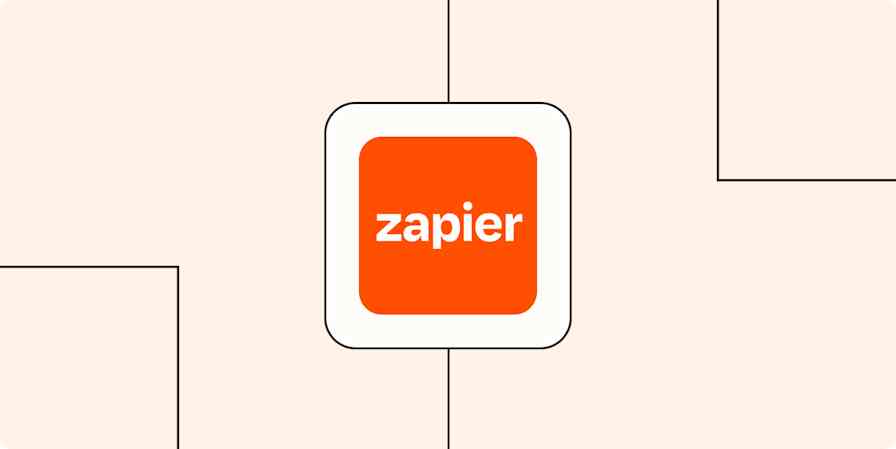How we work at Zapier
4 min readSupport Recap: The Data that Drives Customer Support for Over 600,000 Product Use Cases
By Micah Bennett · January 26, 2014

Get productivity tips delivered straight to your inbox
We’ll email you 1-3 times per week—and never share your information.
mentioned apps
Related articles
Improve your productivity automatically. Use Zapier to get your apps working together.








